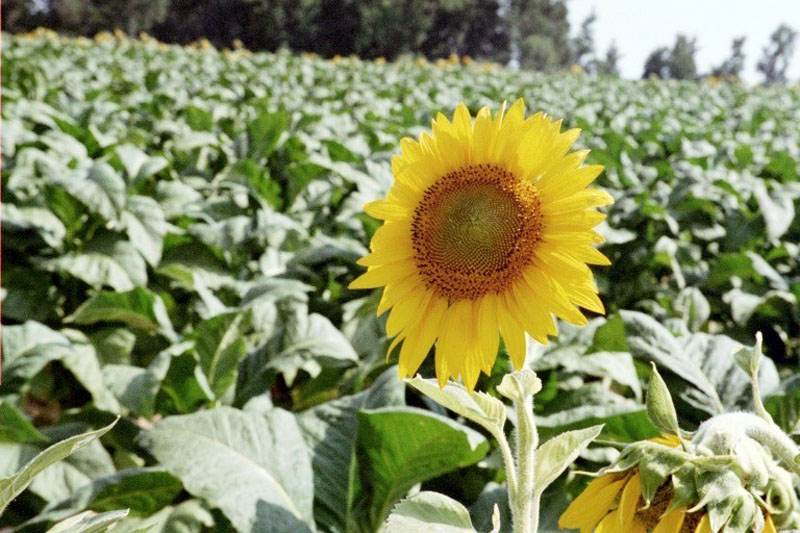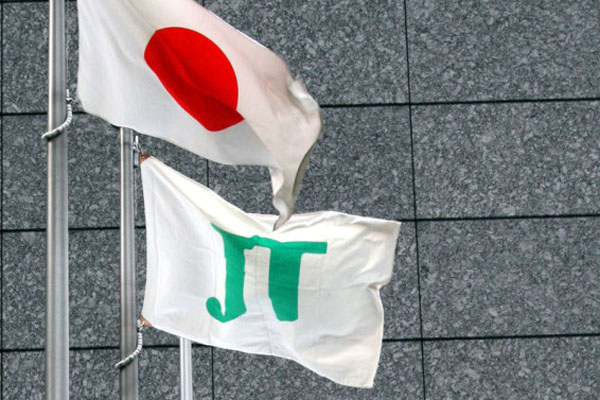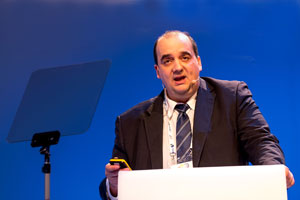Imperial Brands said today that its myblu vaping device was performing well, with increased investment driving brand awareness among smokers and vapers and significant year on year revenue growth.
Under a Next Generation Products heading within a trading update posted on its website, Imperial said it had built strong retail share positions in Europe and in Japan. ‘In the USA, we have achieved good year-on-year revenue growth, despite some constraints due to market uncertainty following statements by the US Food & Drug Administration.’
In its update issued ahead of its close period on April 1, Imperial confirmed it was on track to meet constant currency net revenue and earnings expectations for the full year, with group net revenue growth at, or above, the upper end of its 1-4 percent revenue growth range and EPS growth within its 4-8 percent guidance range.
Imperial said it was on track to deliver modest revenue growth in tobacco, with growth weighted to the second half more than offsetting a slight decline in the first half. Price/mix continued to be strong, while volume trends were slightly behind those of the second half of last year, impacted by the phasing of trade inventories, including in the US following a recent Imperial price increase.
‘Operating profit in the first half reflects continued underlying growth in tobacco profits albeit more than offset by increased investment in blu of £100 million, as highlighted in November,’ Imperial said.
‘First half earnings per share will also be impacted by the reduction of our Logista stake and last year’s divestment of our Other Tobacco Products business.
‘We continue to expect to realise £50-100 million of other gains this year which will benefit the second half.
‘Translation FX at current rate of exchange is expected to benefit first half earnings by c. 2 percent and be flat for the full year.’










